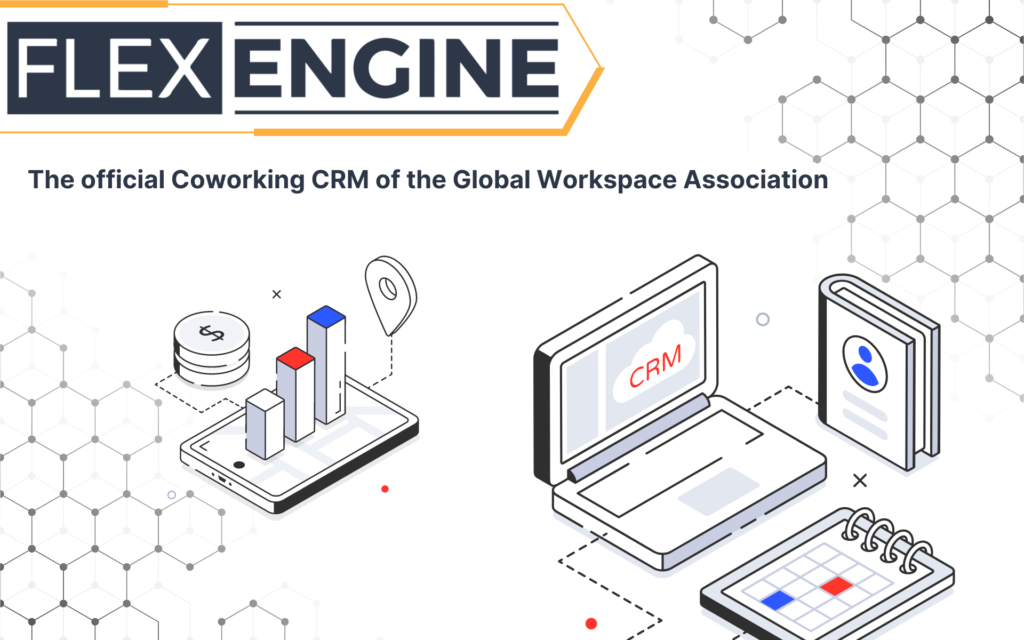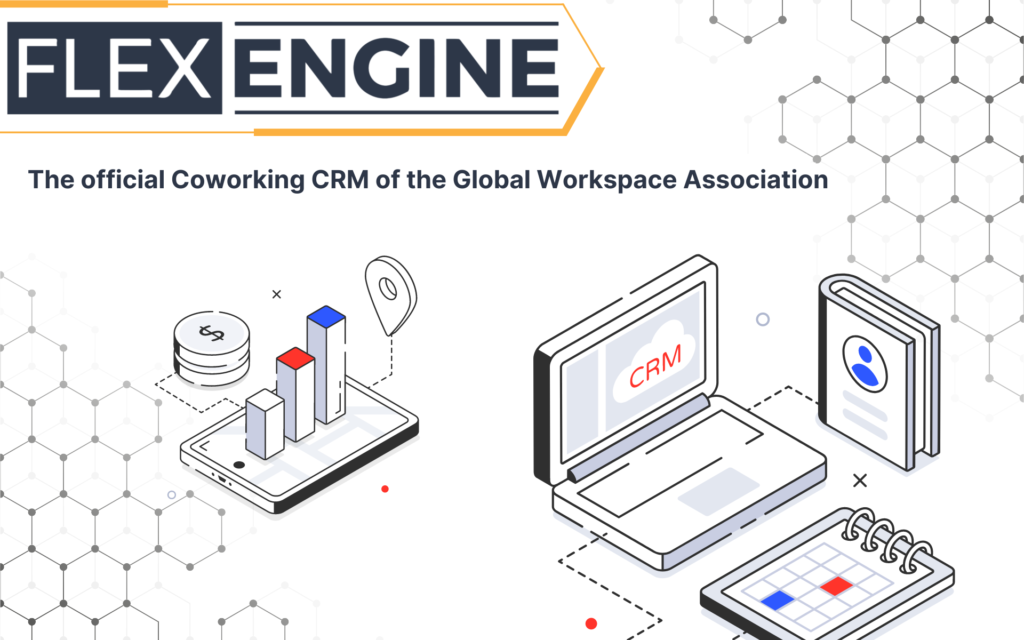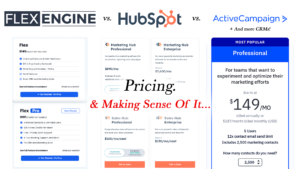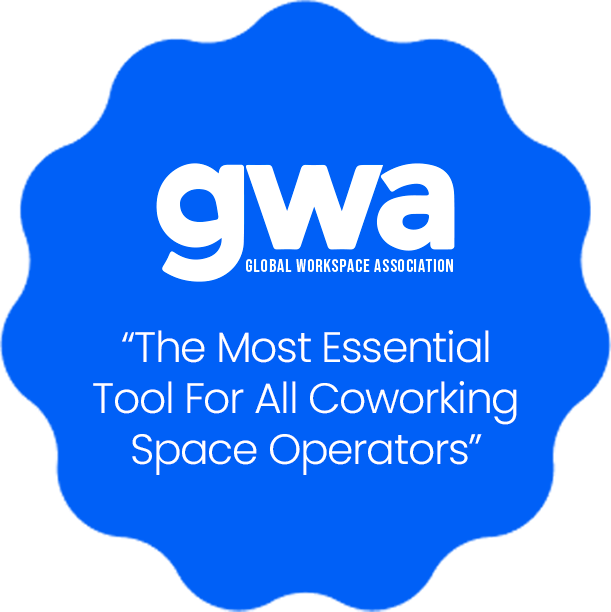It’s difficult to determine which software solution is the “best” for all businesses because they have different requirements. However, when it comes to the best coworking space management, certain features and functionalities can make CRM software stand out from the rest. Coworking spaces have unique needs, including managing memberships, booking rooms and desks, handling payments, and providing a seamless experience for members. This is where reliable coworking space management software can make a real difference. In this article, we will explore the top options in the market and highlight their key features to help you choose the best coworking space management software for your business. Whether you’re in a small coworking space or a large enterprise, we’ve got you covered with our comprehensive list of top-notch solutions. So let’s dive in and find the perfect software to streamline your coworking space operations.

How Do You Define the Best Coworking Space Management Software?
The coworking software that you select will have a major impact on your workspace. From managing members to simplifying operations, it offers a wide range of services. But making the right choice can be difficult. It can be difficult to decide which features are most important when these platforms offer so many integrations and services. We’ve narrowed down the most essential functionalities that software must have to be used in a coworking environment. We’ll also give you some general tips on how to choose the best software for your needs. This will help you make an informed decision. When it comes to managing a workspace, having the right software can make all the difference. With the rise of coworking spaces and flexible working arrangements, there are plenty of options out there. But which one is the best?
One of the key features to look for in workspace management software is ease of use. It should be intuitive and user-friendly, allowing both administrators and members to navigate the platform without confusion or frustration. Customization is also crucial, as each workspace has its own unique needs and requirements. The software should offer a wide range of customizable features and settings to accommodate different workflows and preferences.
Another important aspect to consider is integration. The best workspace management software should seamlessly integrate with other essential tools and platforms such as payment gateways, membership management systems, and communication tools. This not only streamlines operations but also saves time and reduces the risk of errors.
Additionally, the best coworking space management software should provide robust reporting and analytics capabilities. This allows administrators to gain valuable insights into space utilization, member preferences, and revenue generation. With comprehensive data, decisions can be made based on accurate information, leading to more efficient operations and improved profitability.
The best workspace management software is one that is easy to use, highly customizable, and integrates smoothly with other tools. It should also provide robust reporting and analytics features. By considering these factors, you can make an informed decision that aligns with the specific needs of your coworking space.
Consideration of the following criteria:
- Connection with the physical world
- Easy to use and flexible
- Support and documentation
- Customization and advanced features
- Scalability and pricing model
- Connection With the Physical World
What physical features of your workspace does the tool support, such as doors, elevators, printing devices, or registration tablets? It can be a game-changer to ensure admins and members can manage certain aspects of your facility. While using the same software that is used for managing members. Access control is a key component. It impacts access permissions and allows you to monetize your meeting rooms and other areas. When picking software to manage members and control access in a facility, remember these important criteria. Firstly, compatibility is crucial. It is essential to select software that can seamlessly integrate with the existing systems in your facility. This ensures a smooth transition and avoids any technical challenges or data mismanagement.
Secondly, security is a top priority. The software must have robust access control features to safeguard sensitive information and protect your facility from unauthorized access. Look for options that offer customizable access permissions, such as different levels of clearance for different members or employees.
Monetization is another crucial aspect to consider. A good software solution should enable you to monetize various areas of your facility, such as meeting rooms or recreational spaces. This could involve features such as booking systems, payment gateways, and automated billing. Being able to efficiently manage and track payments helps improve the financial sustainability of your facility.
Lastly, usability and user interface play a significant role in the overall effectiveness of the software. The system should be intuitive and easily navigable, ensuring that both staff and members can interact with it without any difficulties. User-friendly software ultimately enhances productivity and customer satisfaction.
Taking these criteria into account when choosing software for member management and access control in your facility will help ensure a seamless and secure experience. By prioritizing compatibility, security, monetization, and usability, you can optimize the efficiency of your facility’s operations and provide a positive experience for all stakeholders involved.
Easy to Use and Flexible
Free trials and demos are great ways to see how easy the software is to use and how your administrators and members will find it. Test tools in realistic scenarios. For example, try to understand how they work on both desktop and mobile apps. Also, see how simple it is to customize them. And if you are missing any features.
Support and Documentation
You will need support from time to time, just like any other software. Consider consulting technical documentation or discussing your ideas with a representative if you plan on developing advanced solutions based on the software’s interface. You may be more concerned with routine support issues, so you should check out the support tiers and see how they work in your time zone.
Customization and Advanced Features
You will reach a point, whether you are just getting started or have an established operation, where you’ll want to customize the user interface and ensure that your setup is scalable. Understand what each solution has to offer in terms of customized solutions, white-label apps, or automated listings on iOS and Android. It may be worth checking out how easy it is to manage multiple locations through one dashboard. Are insights and analytics, for example, available by place, organization, or both? What about billing? These are some questions that you need to answer. When it comes to software systems, customization, and advanced features make all the difference in ensuring that businesses can adapt to their specific needs and function at their full potential. Customization allows companies to tailor the software to their unique requirements, ensuring a seamless integration into their existing processes and workflows.
Advanced features, on the other hand, provide businesses with additional functionalities that go beyond the basic offerings of the software. These features can enhance efficiency, productivity, and effectiveness by automating tasks, providing detailed insights and analytics, or even integrating with other applications in the ecosystem.
One crucial aspect to consider when evaluating software systems is the ability to manage multiple locations through one dashboard. Many businesses operate in different regions or have branch offices, and having a centralized control panel can streamline operations and make data management more efficient. Additionally, insights and analytics should be available at both the place and organization level, giving businesses a holistic view of their operations while also allowing them to zoom in on specific locations or departments.
Finally, billing is another critical feature to consider. Can the software system handle complex billing scenarios, such as managing multiple pricing structures or generating invoices for various entities within the organization? Having a versatile billing system ensures accurate and timely revenue management, reducing errors and improving overall financial efficiency.
In conclusion, customization and advanced features are essential elements to consider when selecting a software system for your business. They provide the flexibility, functionality, and control needed to optimize operations and unlock the full potential of your organization. From managing multiple locations through a single dashboard to accessing detailed insights and analytics, and handling complex billing scenarios, these features can make a world of difference in empowering businesses to thrive in today’s competitive landscape.
Scalability and Pricing Model
It is important to understand the current price of a solution and how it may change in the future. You can easily do this by estimating a few growth scenarios and comparing the costs (also about the revenue you expect to generate) to each. The model is not always precise and the scenarios are difficult to predict. However, it can help you find a solution that seems to fit your plans. Scalability and pricing model are crucial considerations for businesses aiming to maximize their revenue potential and growth. Scalability refers to the ability of a product or service to adapt and handle increasing demand without sacrificing performance or quality. An effective scalability strategy allows businesses to seamlessly scale their operations as their customer base expands.
When it comes to pricing, it is essential to strike a balance between generating revenue and attracting customers. While setting prices too high may deter potential buyers, setting them too low can result in undervaluing your offerings. Hence, businesses need to consider factors such as production costs, market competition, and customer willingness to pay to determine an optimal pricing model.
Determining the best pricing model for your product or service involves analyzing various approaches such as cost-plus pricing, value-based pricing, and competitive pricing. Evaluating these models in the context of your business goals can assist in identifying the most suitable one. It’s important to remember that pricing is not a one-time decision but an ongoing process that requires periodic reassessment to ensure alignment with market dynamics and customer preferences.
Ultimately, striking the right balance between scalability and pricing is a delicate task that requires careful analysis and strategy. By designing a scalable infrastructure and applying a pricing model that resonates with your target market. You can position your business for sustainable growth and profitability. Regularly review and adjust your approach as necessary. It will ensure that your business remains competitive and adaptive in an ever-evolving marketplace.
Choose Flex Engine for Your Next Coworking Space Management Software!
Discover the power of coworking space management with Flex Engine. The ultimate solution for boosting productivity and efficiency in your shared workspace.
- Secure Access Control: Ensure a safe and secure environment with advanced access control features. Grant and manage member access effortlessly, enhancing the overall security of your coworking space.
- Dynamic Booking System: Optimize space utilization with our intuitive booking system. Members can easily reserve workstations, meeting rooms, and amenities, ensuring a smooth and organized workflow for everyone.
- Real-Time Analytics: Make data-driven decisions with our powerful analytics tools. Gain insights into member behavior, space utilization, and trends to refine your services and maximize your coworking space’s potential.
- Integration Made Easy: Flex Engine seamlessly integrates with popular collaboration tools and apps, streamlining communication and enhancing member experience. Connect your coworking community like never before!
- Supercharge Productivity: Empower your members with tools that enhance their productivity. From virtual collaboration features to resource sharing, Flex Engine is designed to foster a thriving and connected coworking community.
- Stay Ahead of the Curve: Stay ahead of the curve with Flex Engine’s regular updates and innovative features. Future-proof your space and provide members with cutting-edge technology.
Ready to revolutionize your coworking space? Experience the Flex Engine advantage today and take your coworking management to new heights!





